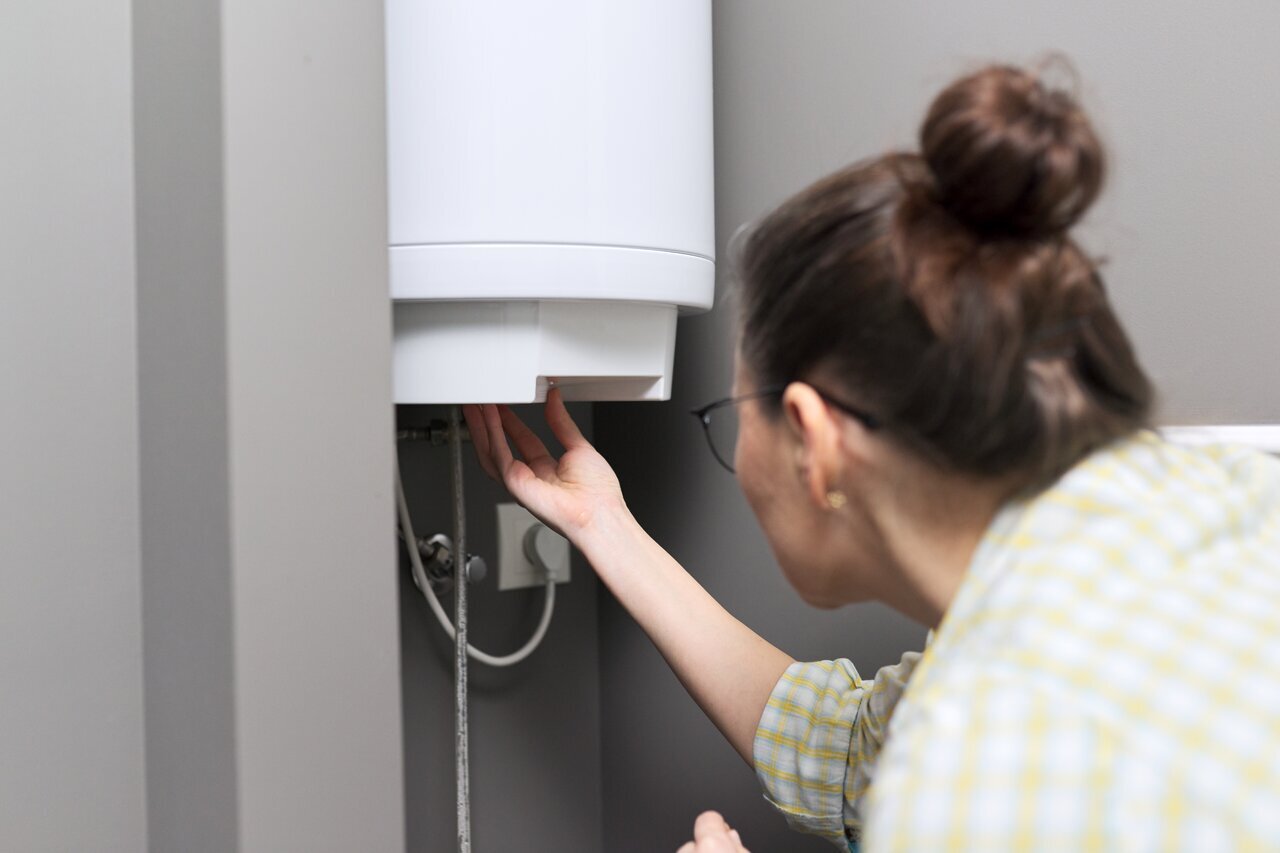Installing a new water heater in your home is a significant task that requires careful planning and execution. Whether you’re replacing an old unit or installing one in a new home, understanding the process can help make the experience smoother.
Pre-Installation Assessment and Planning
The first step in any water heater installation is a thorough pre-installation assessment and planning phase. Our professionals start by evaluating your existing water heating system and understanding your household’s hot water needs. This involves inspecting the current setup, including the location of the water heater, venting systems, and electrical or gas connections.
Next, we consider the size and type of water heater that will best suit your home. Whether you need a tankless water heater, which provides hot water on demand, or a traditional tank water heater, our technicians will ensure you get the right unit for your needs. This careful planning helps avoid issues later on and guarantees a smooth installation process.
Proper planning also includes considering the energy efficiency of the new water heater. By selecting an energy-efficient model, you can enjoy long-term savings on your energy bills. Our team also looks for any potential need for duct sealing or other modifications that might improve the overall efficiency of your home’s heating system.
Removal of the Old Water Heater
Once the pre-installation assessment is complete, the next step is removing the old water heater. This task must be done carefully to avoid any damage to your home and to ensure safety. Our professionals begin by turning off the water and power supply to the old unit. For gas water heaters, we also close the gas valve to prevent any leaks.
After disconnecting the power and gas lines, we drain the tank to remove any remaining water. This step is crucial to avoid spillage and makes the unit lighter and easier to handle. We then disconnect the water supply lines and carefully remove the old water heater from its location.
Proper disposal of the old water heater is also essential. Our technicians ensure that it is disposed of in accordance with local regulations, which often include recycling programs. By safely and efficiently removing the old unit, we set the stage for installing your new, energy-efficient water heater without any complications.
Installation of the New Water Heater
After the old water heater is removed, we begin installing the new unit. This process starts with positioning the new water heater in the desired location. Our professionals ensure that the placement allows for proper ventilation and accessibility for future maintenance.
Next, we connect the water supply lines to the new water heater, ensuring that all connections are secure and leak-free. For gas units, we carefully reconnect the gas line and check for any leaks using a gas leak detector. For electric units, we reconnect the electrical wiring following all safety protocols.
The installation also includes setting the temperature to the recommended level, typically around 120 degrees Fahrenheit. Proper temperature setting is vital for safety and energy efficiency. Our technicians will then fill the tank with water and purge any air from the system. We will perform a final inspection to ensure that everything is installed correctly and operating efficiently. This step confirms that your new water heater is ready to provide reliable hot water for your home.
Final Checks and Maintenance Tips
Once the installation is complete, our professionals conduct final checks to make sure your new water heater is functioning correctly. This includes checking for leaks, verifying that the temperature settings are accurate, and ensuring that the unit heats water as expected. We also monitor the performance of the heater during its initial operation to identify any potential issues.
In addition to these final checks, we provide you with essential maintenance tips to keep your water heater running efficiently. Regular maintenance is crucial for prolonging the lifespan of your water heater and ensuring it operates at peak performance. Some key maintenance tasks include flushing the tank periodically to remove sediment buildup and inspecting the anode rod to prevent corrosion.
If you have a smart thermostat, integrating it with your new water heater can further enhance efficiency. For example, you can program your thermostat to reduce water heating during times of low demand, saving energy and lowering your utility bills. Our technicians can assist you in setting up and optimizing this integration for maximum benefits.
Conclusion
Water heater installation involves several critical steps to ensure your home has a reliable and efficient supply of hot water. From pre-installation assessment and planning to the final checks and ongoing maintenance, each stage requires careful attention to detail. Proper installation not only enhances the performance of your new water heater but also contributes to the overall efficiency of your home’s heating system.
Our experienced technicians are committed to providing top-quality service to keep your home comfortable and energy-efficient. Contact D&T Heating & Cooling today to schedule your water heater installation in Hockessin and ensure your home is equipped with the best heating solutions available!








